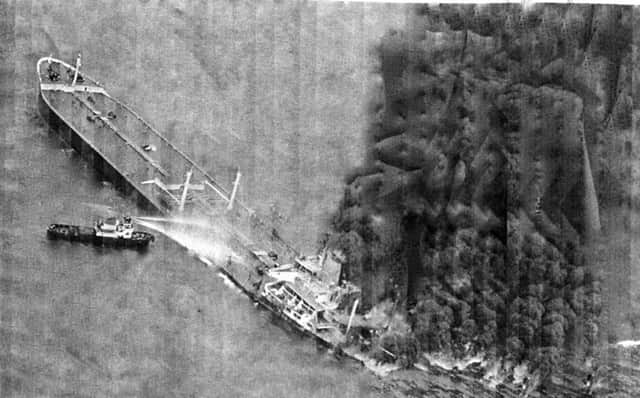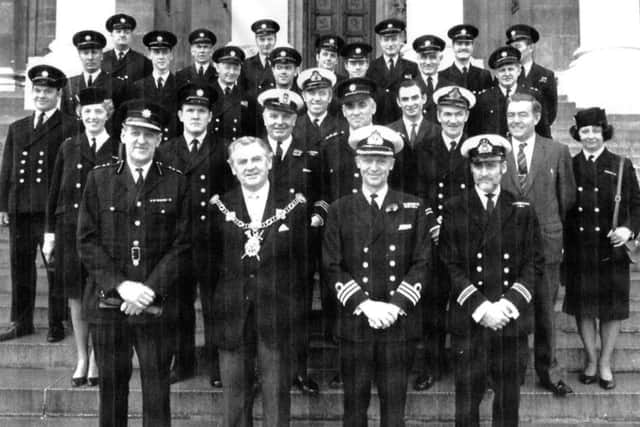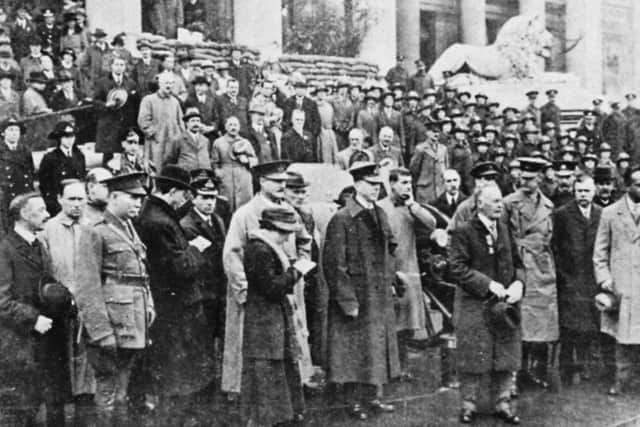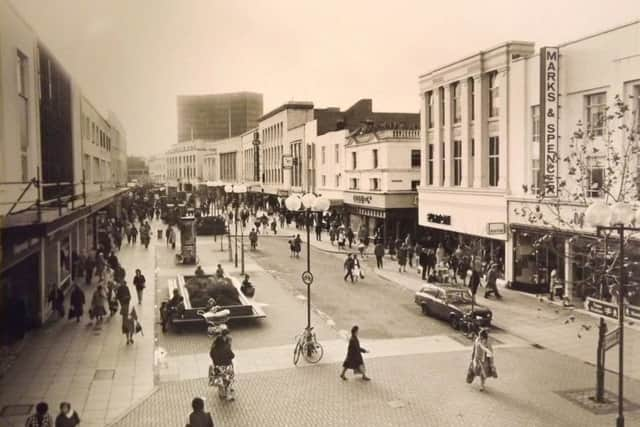Flames from the oil tanker Pacific Glory could be seen from Portsdown Hill


To avoid crashing into another tanker, the 46,000 ton Allegro veered towards the Pacific Glory, below.
With less than a mile to manoeuvre a collision was impossible to avoid and the two collided six miles off St Catherine’s Point, Isle of Wight.
Advertisement
Hide AdAdvertisement
Hide AdWith engines full astern it was an impossible situation for the captain and the Allegro’s bow ploughed into the tanker in its way.


With Pacific Glory’s fuel tanks ruptured, at 10.30pm the escaping fuel exploded causing an 80ft sheet of flame to shoot into the air killing five of the crew instantly.
Other tanks then exploded setting the whole ship on fire.
Escaping oil leaked into the sea from the starboard side setting the sea on fire. The crew abandoned ship but the fire in the sea swept over them killing a total of 13 in all.
For three days the fire burned and it was so fierce it could be seen clearly from Portsdown Hill.


Advertisement
Hide AdAdvertisement
Hide AdThe majority of fire-fighting was based in Portsmouth and Portsmouth Fire Brigade led the way in putting the fire out.
I can only write a small piece about the incident in these pages but Richard Jones is researching the whole story and hopes to write a book on the subject.
If you were involved please contact him on [email protected]
Some time after the ship was made safe a reception was held at Portsmouth Guildhall for those who assisted, below left.


Advertisement
Hide AdAdvertisement
Hide Adn One hundred years ago Great Britain was still in the throes of the First World War and it would be another 16 months before an armistice was signed.
In November 1917 there was a campaign to raise funds for shells called Feed The Guns Week and collections were made all over the country to keep the men and guns supplied with shells and bullets.
More than £1.1m was raised country-wide – an average of about £20 for every inhabitant.
In the photograph, below, we see the start of the campaign in Portsmouth with civil dignitaries gathered on the steps of the then town hall.


Advertisement
Hide AdAdvertisement
Hide Adn In the view along Commercial Road, below, we can see it has not been made into a fully pedestrianised precinct. Traffic can still make an entrance and exit to Charlotte Street from Meadow Street.
Who can remember visiting Dunn & Co the gentlemen’s outfitters on the corner of the street with Burton Montague on the opposite side?
The direction sign in the bottom right hand corner tells people the way to the Town Station, which is now Portsmouth and Southsea Station.